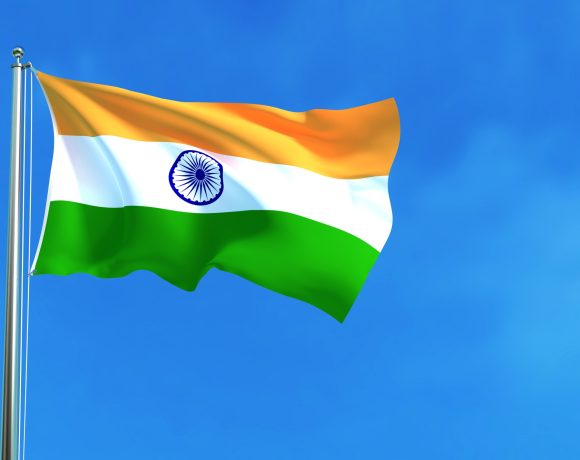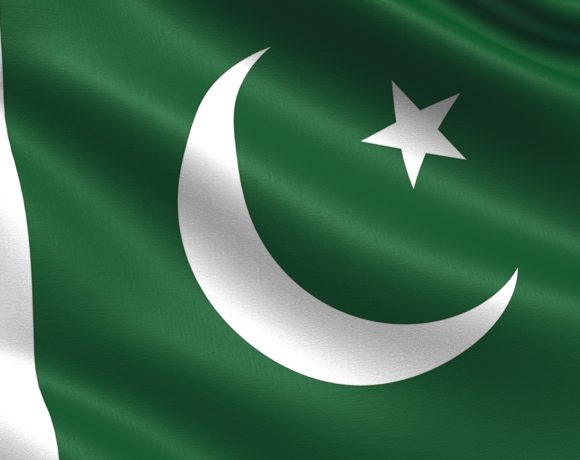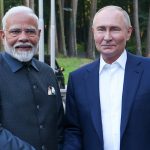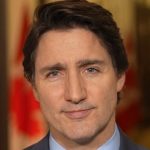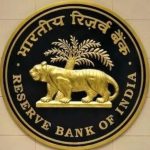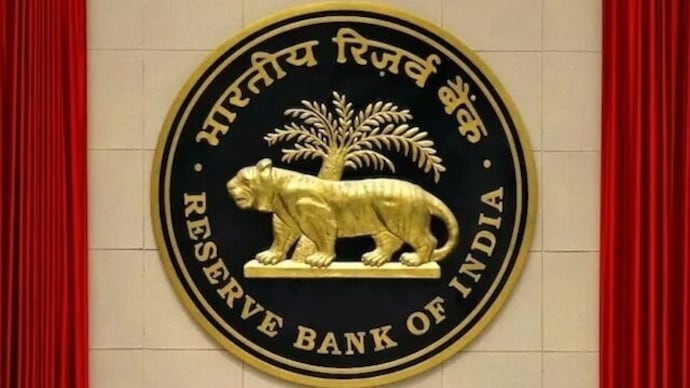
RBI Considers Further Rate Cuts Amid US Tariff Impact on Indian Economy
The Reserve Bank of India is weighing the option of further rate cuts in response to the economic impact of new US tariffs imposed on Indian exports. The 26% reciprocal tariffs are expected to hit trade volumes and slow down GDP growth in the current financial year. Economists estimate that India’s GDP growth could fall by 20 to 40 basis points, potentially bringing it down from the earlier forecast of 6.7% to around 6.3%.
Deeper Cuts on the Table
The RBI had already initiated monetary easing with a 25 basis point repo rate cut in February, bringing the benchmark rate to 6.25%. However, with the fresh pressure from global trade headwinds, market watchers now anticipate further cuts of up to 75 basis points over the course of the year. These measures are aimed at cushioning the economy from a slowdown in exports and softening the blow to sectors heavily reliant on foreign demand.
Growth Versus Inflation: A Delicate Balance
While inflation management remains a core mandate of the RBI, the current economic climate offers a window for policy flexibility. Inflation is expected to stay near the 4.2% mark—well within the central bank’s tolerance band—leaving room for additional monetary easing. The rate cuts are seen as a way to inject liquidity, lower borrowing costs, and encourage private consumption and investment.
Policy Direction Ahead
The RBI’s upcoming monetary policy review will be closely watched as the central bank navigates external shocks and domestic economic challenges. The trade dispute with the United States adds a layer of urgency to support demand and maintain financial stability.
India’s monetary authorities are expected to act decisively to prevent a deeper slowdown, especially as global uncertainty intensifies. The likelihood of continued rate cuts signals a shift in focus from inflation containment to growth protection, in a bid to steer the economy safely through turbulent global waters.




